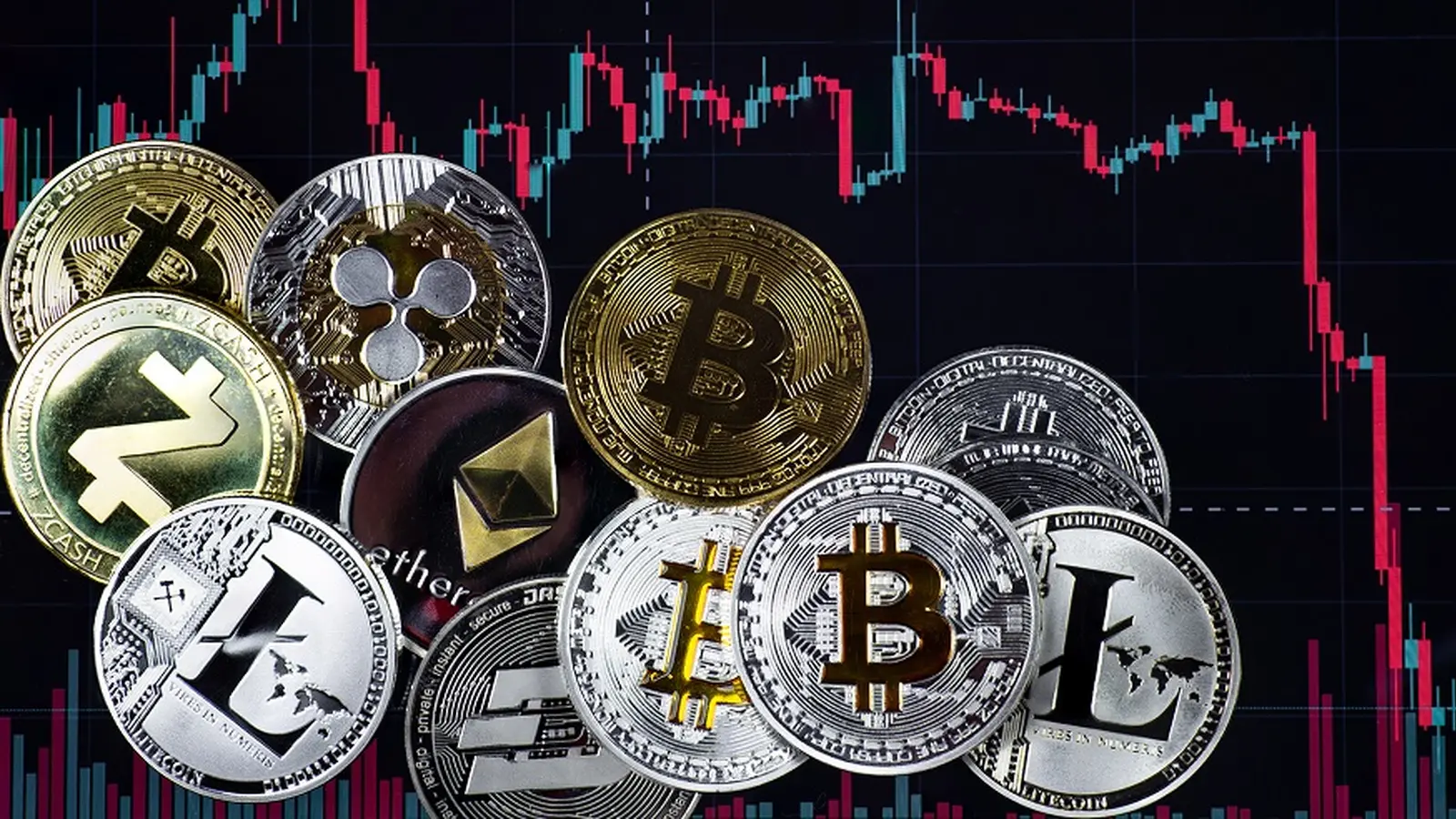5 Minutes
Crypto market slides as macro and derivatives risks converge
The global crypto market lost momentum on Sep. 26, with total capitalization sliding more than 2% in 24 hours to about $3.85 trillion. Bitcoin dipped below the $109,000 mark as cascading liquidations and renewed macro uncertainty pushed traders toward safer assets. Reported liquidations exceeded $1.2 billion over the past day, hitting leveraged long positions hardest and amplifying the decline across major tokens.
Daily movers: Bitcoin and major altcoins
According to CoinGecko, only roughly 10 of the top 100 tokens by market cap were trading higher on the day. Benchmark altcoins such as BNB and Solana dropped over 4% intraday, while Bitcoin and Ethereum both posted multi-percent losses. Over the trailing seven days, Bitcoin was down more than 6.5%, while other large-cap coins — including ETH, XRP and Dogecoin — recorded double-digit weekly declines in certain cases. The selling extended already-fragile sentiment and reduced liquidity in derivative markets.
What pushed the market lower?
Several converging bearish catalysts drove today’s sell-off:
- New tariff announcements: U.S. President Donald Trump unveiled fresh tariffs targeting sectors such as pharmaceuticals, heavy trucks, home-renovation fixtures and furniture. The move rekindled fears of a renewed trade conflict and broader economic fallout, prompting risk-off positioning across markets, including crypto.
- Hawkish Fed commentary: Fed Chair Jerome Powell signaled a cautious approach to interest-rate cuts, and other Fed officials — including Beth Hammack and Austan Goolsbee — urged restraint on easing. That hawkish tone undermined expectations for near-term rate cuts, reducing the appeal of high-risk assets.
- Derivatives expiry pressure: Roughly $22.3 billion in crypto options were due to expire around the quarter-end window, with about $17.06 billion tied to Bitcoin on Deribit. Large expiries often concentrate price action around so-called “max pain” levels — for this cycle, the $110,000 strike was cited as a key reference point.
Options expiry and max pain: why it matters now
Options expiry can catalyze short-term volatility. As expiration approaches, market forces often push the underlying asset toward the option strike where the greatest number of contracts expire worthless — the so-called max pain point. For this expiry, bearish exposure clustered between $95,000 and $110,000. If Bitcoin failed to reclaim $110,000 by the 08:00 UTC expiry timestamp, put-holders could benefit disproportionately, creating roughly $1 billion of potential downside pressure on price according to market observers.

Derivatives dynamics amplify moves
When large expiries coincide with weak macro sentiment, liquidity thins and price moves can become exaggerated. Market makers and option-sellers hedge positions dynamically; rapid price moves force rebalancing trades on spot and futures markets, which can intensify selling and spark leveraged liquidations.
Sentiment: Fear replacing greed
Market sentiment deteriorated sharply: the Crypto Fear & Greed Index fell into “Fear” territory at 29 after earlier reaching a monthly high near 73. Seasonal patterns may have compounded worries — September has historically been a weak month for Bitcoin. Coinglass data shows Bitcoin’s average and median returns for September around -3%, and the asset has closed eight of the past 12 Septembers in the red. Such historical context can reinforce short-term positioning and trigger defensive moves among traders.
Liquidations: the immediate technical driver
Liquidations were a major proximate cause of today’s downturn. CoinGlass reported more than $1.2 billion in total liquidations over the last 24 hours, with roughly $1.1 billion coming from long positions. Forced shutdowns of leveraged longs inject fresh sell orders into already stressed markets, accelerating declines and creating short-term feedback loops that discourage new entrants until volatility eases.
What traders should watch next
Key levels and indicators to monitor in the near term include Bitcoin’s ability to reclaim and hold $110,000, the outcome of the options expiry window, shifts in Fed commentary or U.S. trade policy, and the pace of further liquidations. On-chain indicators and funding rates can provide early warnings of re-accelerating leverage-driven moves. For investors, a disciplined risk-management framework and attention to macro cross-currents will remain essential as markets digest these combined stresses.
In sum, today’s decline reflected a mix of macro policy risk, concentrated derivatives expiries, and forced deleveraging. Until macro clarity returns or expiries settle, expect elevated volatility across crypto markets and sharper correlation with traditional risk assets.
Source: crypto


Leave a Comment